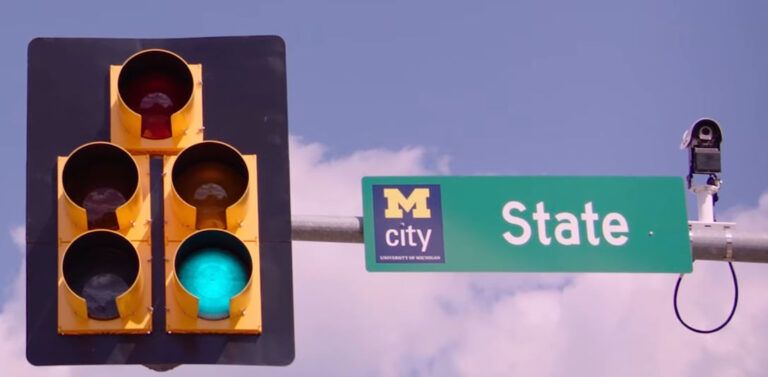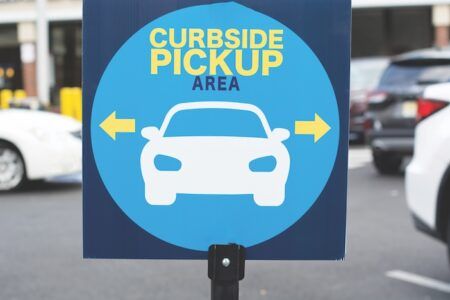Navigation and traffic information company TomTom has formed a partnership with USA-based multinational telecommunications company Verizon to work on a 5G-based traffic intersections safety project for emergency vehicles.
Each year in the USA there are an estimated 6,500 accidents involving ambulances and about 300 police cruiser pursuits that lead to injuries or fatalities. Over a 10-year period, there were roughly 31,600 accidents involving fire vehicles. In an onstage presentation at one of the world’s leading conferences for technology start-ups, TechCrunch Disrupt SF in California, the two companies announced that they are working to help reduce the number of these collisions by making it easier for emergency vehicles to move more safely through intersections using TomTom’s HD (High Definition) Maps in combination with Verizon’s 5G Ultra Wideband high-speed wireless broadband network.
The collaboration is intended to contribute to the global Vision Zero initiative that aims to eradicate fatalities and serious injuries in accidents involving road traffic. Working together at the Mcity Test Facility, the University of Michigan’s testbed for autonomous vehicles (AVs), the companies are exploring how 5G-connected cars, traffic lights, and cameras at intersections can boost pedestrian safety and avoid accidents. Using TomTom’s HD Maps to create an essentially real-time 3D visualization of an intersection, along with near real-time kinematics and the Verizon’s 5G Ultra Wideband network, the goal of this initiative is to enable the sharing of location information coming from all entities at the intersection with emergency vehicles in near real-time with near-perfect reliability and accuracy.
TomTom’s HD Map is a highly accurate and highly attributed representation of the road, including lane models, lane geometry, and traffic signs, with accuracy down to a few inches. It enables AVs to precisely locate themselves on the road; to build a detailed model of the surrounding environment working together with the vehicle sensors; and to plan a path to their destination.
Verizon’s 5G Ultra Wideband network offers high bandwidth, low latency and the ability to connect hundreds of devices in a relatively small area. If each vehicle passing through an intersection is able to relay and receive information from other vehicles and streetlight-mounted cameras, that information can be used to notify connected devices when lights turn red or vehicles ahead come to a sudden stop. The 5G network is able to transmit this data at ultra-high speed, enabling AVs to react faster than a human could.
“TomTom and Verizon already have a long history and this collaboration project emphasizes our partnership mindset in exploring new opportunities for our customers’ success,” said Anders Truelsen, managing director of TomTom Enterprise. “We will continue to be at the forefront of innovation to offer location technology for a safer, cleaner and congestion-free world.”
Jeff Frantz, executive director of Verizon Location Technology, added, “By harnessing the power of our 5G network and its massive bandwidth, super-fast speeds and ultra-low latency, this collaboration with TomTom will help us to create a next-generation service that can enable safer intersections for all.”





